Tires begin wearing down after five years of driving but last longer when rotated regularly. And your ride is safer and more fuel-efficient. Here’s the steps to take.
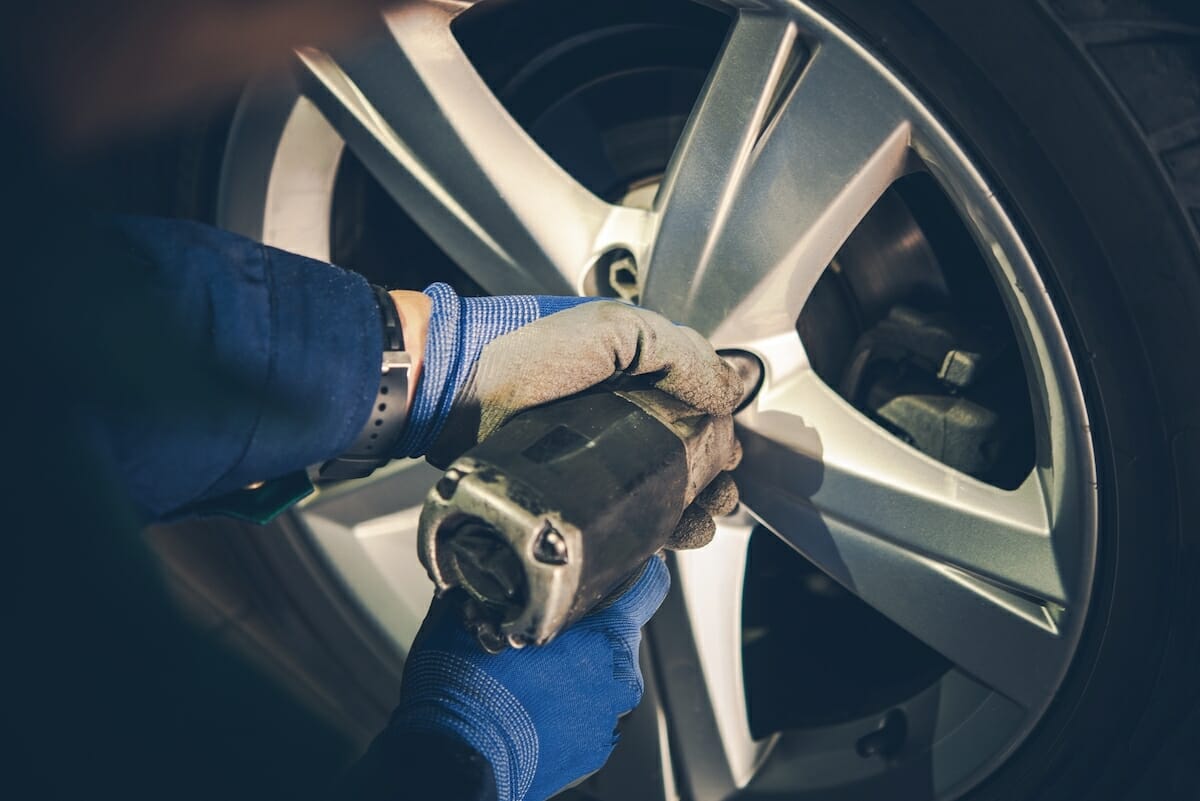
Tires are the most important component of your car. All the horsepower in the world is useless when overinflated tires cannot grip the road, and even state-of-the-art brakes are paralyzed the moment worn-out tires begin to hydroplane.
The fastest wearing component of your tire is its tread, which is the rubber surface that touches the road. Over a tire’s lifespan, this rubber surface wears down.
When any part of the tread is reduced until its original grooves are less than 2/32nd of an inch deep, the tire is considered “bald” and is unsafe—and illegal—to drive on.
A set of tires never wears evenly. Even the tread surface of a single tire rarely wears consistently. For example, the rear tires on a heavily loaded truck wear more rapidly—especially on the tread’s outer edges—than the front tires.
The front tires on a front-wheel-drive car, subjected to both braking and acceleration demands, wear out more quickly than the back tires. Tires mounted on an all-wheel-drive vehicle are affected by weight and suspension differences, front-to-back.
During a tire rotation service, an auto mechanic removes your wheels and reinstalls each one on a different corner of the vehicle. When completed regularly, tire rotation ensures that the tread surface of your entire set of tires wears as evenly as possible. When your tires wear evenly, your vehicle’s differentials and automatic braking system (ABS) can function as intended. When you rotate a set of tires, you may get thousands of more miles of service from them.
However, not all vehicles can have their tires rotated. Those that can must be of the same dimensions. Therefore, the first step before having your tires rotated is to confirm with your vehicle owner’s manual that you can and how often.
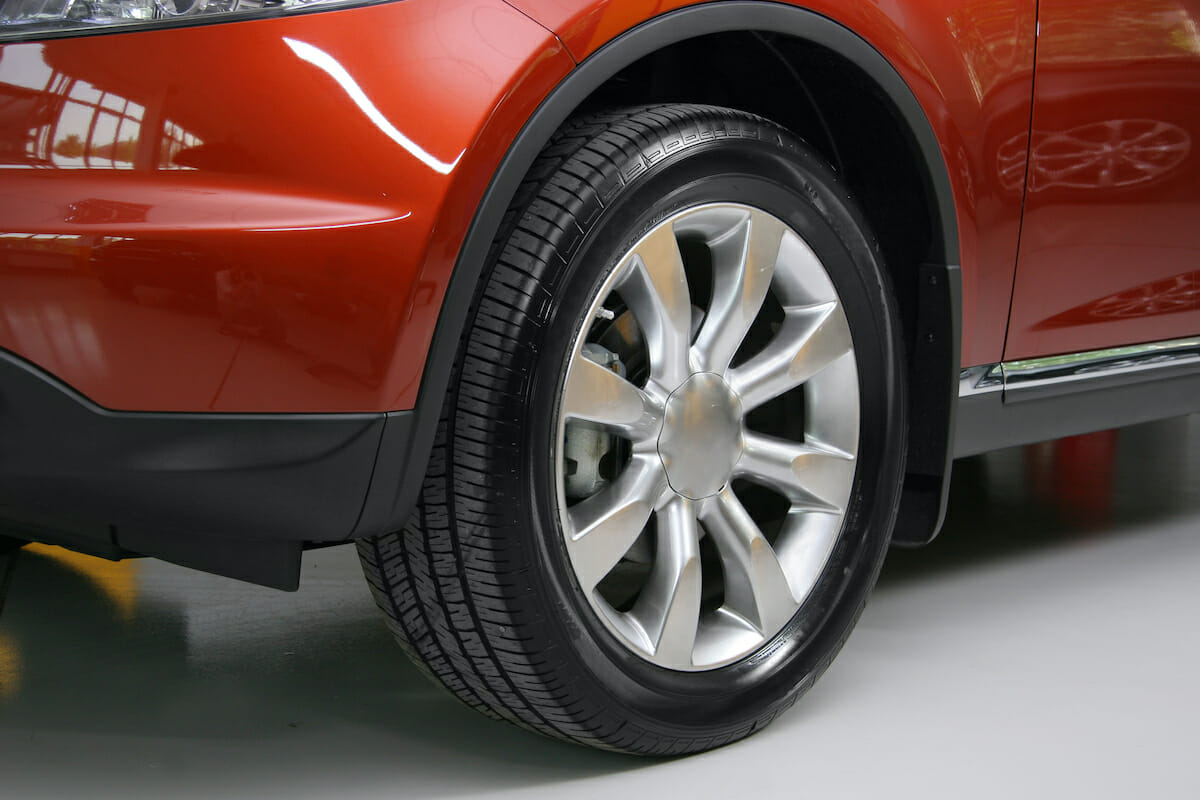
Benefits of Tire Rotation
The average tire begins wearing down after five years of driving, according to Tire Reviews. But you may start seeing signs of wear and tear even earlier if you drive more than 14,000 to 15,000 miles annually.
In addition to extending the life and reliability of your tires, rotating your tires at regular intervals also ensures a safer ride all around. By regularly rotating your tires, you’ll be less likely to experience tire failure or a blowout, reducing your risk for a potentially dangerous situation, suggests iconic tire manufacturer Firestone.
Regular tire rotations also help improve fuel efficiency by reducing fuel consumption by up to 3%.
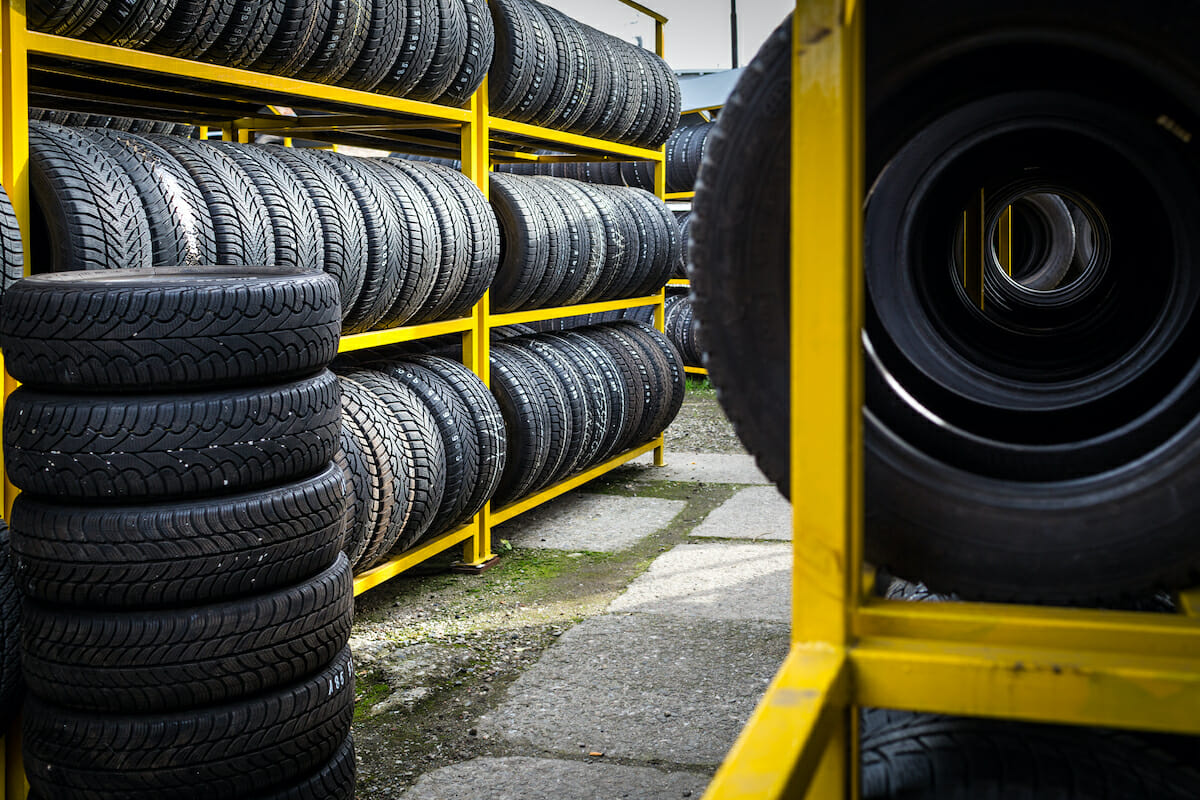
How Often Should Tires Be Rotated?
The answer to how often you should rotate your tires varies. For automobile owners with designated summer and winter tires, they can have their wheels installed on different corners of the car every time they swap seasonal tires. Drivers who take their car into their local mechanic or dealership for an oil change twice a year can ask for a tire rotation service at the same time.
In general, according to Michelin and Firestone, you should rotate your tires every six months or every 6,000 to 8,000 miles. Jiffy Lube sets the timing at around the same mark, noting that you should consider getting your tires rotated at around 7,500 miles or every six months.
In early 2021, when Road & Track chatted with Kevin Hines, North America’s only factory-certified McLaren F1 technician, he revealed that he rotates the tires of his daily-driver pickup truck every other oil change, or approximately every 15,000 miles.
If you drive many extra miles a year, you need to rotate your tires more often.
If you are trailering or carrying other heavy loads, or if your vehicle is often subjected to aggressive cornering and braking, then you should consider rotating your tires more frequently.
Many drivers do not wait until 8,000 miles to rotate their tires, and Consumer Reports agrees that you could rotate your tires every 5,000 miles. The bottom line is that you can never rotate your tires too often.
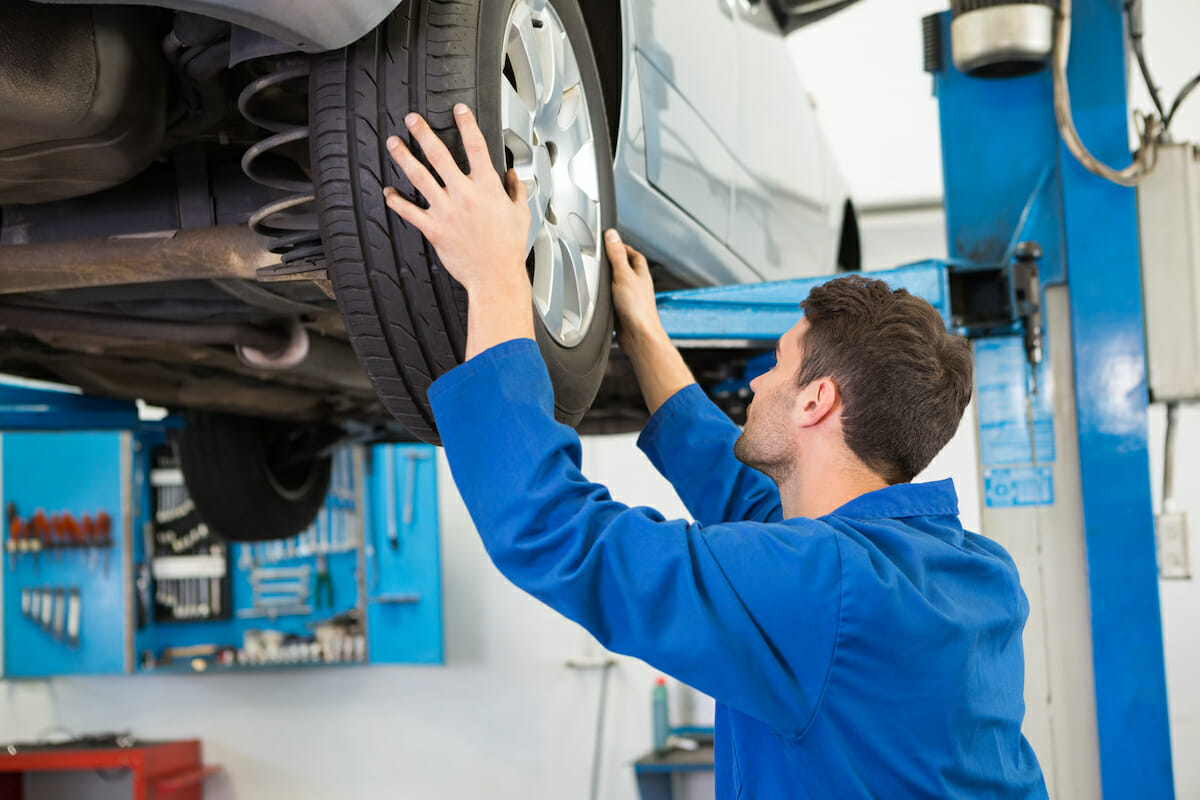
Professional Tire Rotation & Wheel Balancing
Whenever a mechanic mounts a new tire on a rim, they balance the combined rim and tire.
A balancing machine spins the rim and tire to simulate high-speed driving, then detects any slight differentials in weight. The mechanic corrects any imbalance by clamping small wheel weights to the rim, then retests the combination to make sure it will perform flawlessly at speed.
If the wheel weights ever fall off a rim, the car can develop an annoying and dangerous vibration at high speeds. Such a vibration can interfere with steering and eventually damage suspension components.
When most automotive service centers rotate a tire, they also double-check its balance. If they detect any vibration at speed, they correct it with the necessary wheel weights. Any shop will tell you if they balance tires while rotating them, and many advertise their tire rotation as a “rotation and balance” service.
A tire rotation is an opportunity for a trusted mechanic to inspect many systems on your vehicle.
If asked, your technician can examine each tire for wear, check the state of your brake pads, measure the air pressure of each tire, rebalance each wheel, and re-torque the lug nuts. These are all critical inspections. Making a habit of them may save you money on expensive repairs down the road.
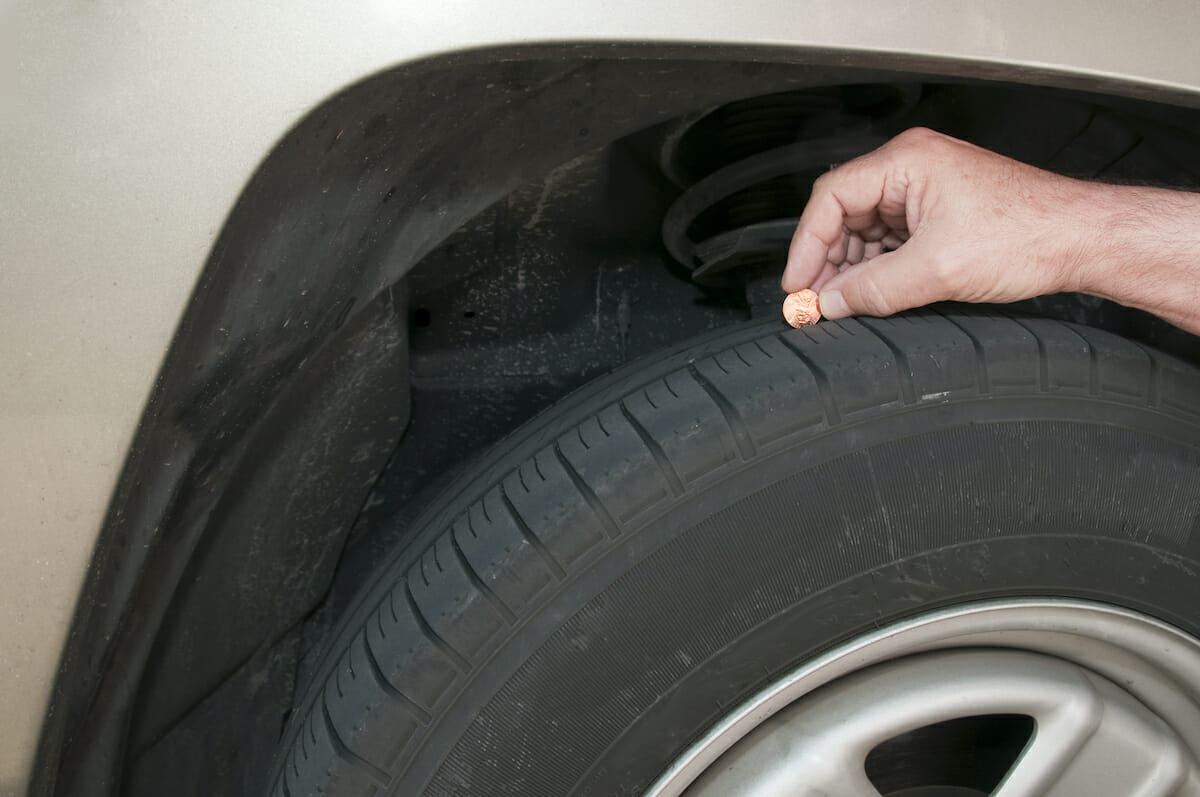
Inspect & Rotate Your Tires Yourself
Tire wear is easy to monitor. You need only to measure the depth of the grooves in the tire’s tread. Some vehicle owners prefer to buy a gauge with a plunger to precisely measure the 32nds of an inch of tread left on each tire.
Other vehicle owners insert a coin into the grooves in the tread of each tire. If the groove depth is consistent between tires—and across the surface of each tire— the tread is wearing evenly.
You can also use a coin to double-check that your tires are still legal and safe. Insert a penny into the tread of a tire with the top of Abraham Lincoln’s head pointed downward.
If you can see the top of Abraham Lincoln’s head, your treads are likely worn and need to be replaced. If part of his head is always covered by the tread, you have more than 2/32 of an inch of tread depth remaining.
Alternately, you can also use a quarter to check your tires’ treads. Insert a quarter into the tread of a tire with George Washington’s head pointed down. If the tire’s grooves cover the top of his head, the tire has more than 4/32nds of an inch of tread remaining.
According to Goodyear Tires, you should monitor your tire tread depth closely once it reaches 4/32 inch deep. Reportedly:
- 4/32″ or deeper is good
- 3/32″ indicates to tires need to be replaced soon
- 2/32″ or less is a sign that your tires need to be replaced immediately
You can even rotate your tires on your own. Check your owner’s manual for your vehicle’s tire rotation procedure.
You will likely be directed to move the drive tires (the front tires on a front-wheel-drive and rear tires on a rear-wheel-drive) to the opposite axle, while keeping them on the same side of the car. Then you will swap the non-drive tires to the opposite sides of the vehicle.
On an all-wheel-drive, you will swap all the tires to the opposite corner of the car.
Be safe whenever jacking up your vehicle and never reinstall a wheel without double-checking it for manufacturer torque specifications.
Photos: Deposit Photos